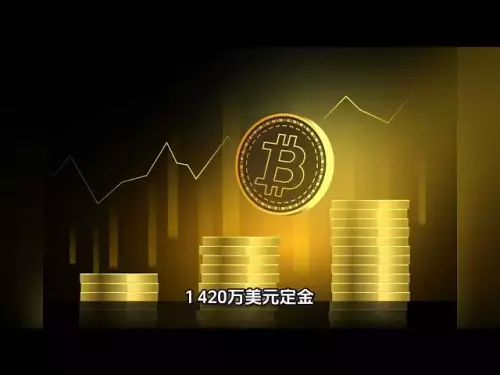-
 Bitcoin
Bitcoin $111200
0.44% -
 Ethereum
Ethereum $4302
0.12% -
 XRP
XRP $2.835
0.93% -
 Tether USDt
Tether USDt $1.000
0.06% -
 BNB
BNB $870.9
1.41% -
 Solana
Solana $203.8
0.29% -
 USDC
USDC $0.9999
0.03% -
 Dogecoin
Dogecoin $0.2178
1.53% -
 TRON
TRON $0.3284
-0.90% -
 Cardano
Cardano $0.8288
0.92% -
 Hyperliquid
Hyperliquid $47.24
1.45% -
 Chainlink
Chainlink $22.34
0.67% -
 Ethena USDe
Ethena USDe $1.001
0.05% -
 Sui
Sui $3.391
1.19% -
 Bitcoin Cash
Bitcoin Cash $598.8
-2.18% -
 Stellar
Stellar $0.3581
0.37% -
 Avalanche
Avalanche $24.59
1.88% -
 Hedera
Hedera $0.2199
1.96% -
 Cronos
Cronos $0.2631
-2.42% -
 UNUS SED LEO
UNUS SED LEO $9.490
-0.66% -
 Litecoin
Litecoin $114.0
2.18% -
 Toncoin
Toncoin $3.090
0.86% -
 Shiba Inu
Shiba Inu $0.00001237
0.84% -
 Polkadot
Polkadot $3.859
1.53% -
 World Liberty Financial
World Liberty Financial $0.2393
25.43% -
 Uniswap
Uniswap $9.388
1.32% -
 Dai
Dai $0.9999
0.02% -
 Ethena
Ethena $0.7417
-0.13% -
 Monero
Monero $269.7
-0.63% -
 Aave
Aave $301.5
0.20%
How to find the top holders of an NFT collection
Use blockchain explorers like Etherscan or NFT analytics platforms to identify top NFT holders by wallet address, quantity owned, and transaction history.
Sep 07, 2025 at 07:36 pm

Finding Top Holders Through Blockchain Explorers
1. Navigate to a blockchain explorer such as Etherscan if the NFT collection is on Ethereum. These platforms index every transaction and ownership record across the network.
2. Enter the contract address of the NFT collection into the search bar. This address is typically available on the project’s official website or marketplace listings like OpenSea.
3. Once on the contract page, locate the 'Token Holders' or 'NFT Holders' tab. This section displays a ranked list of wallet addresses holding the most tokens from that collection.
4. Sort the list by quantity held to identify the largest holders. Some explorers allow filtering by token count or value.
5. Click on individual wallet addresses to explore their transaction history and assess their activity within the ecosystem.
Using NFT Analytics Platforms
1. Access specialized NFT analytics tools such as NFTBank, DappRadar, or CryptoSlam. These platforms aggregate data from multiple blockchains and offer user-friendly interfaces.
2. Search for the specific NFT collection using its name or contract address. Verified collections usually appear with official branding and metadata.
3. Navigate to the “Ownership” or “Top Holders” section, where wallets are ranked by the number of NFTs they own from the collection.
4. Review additional metrics like floor price holdings, total value, and historical accumulation trends provided alongside wallet addresses.
5. Some platforms allow users to track whale movements over time, highlighting sudden acquisitions or large transfers.
Leveraging On-Chain Data with Scripts and APIs
1. Utilize public APIs from Alchemy, Infura, or Moralis to query on-chain data programmatically. Developers can retrieve ownership distribution for any NFT contract.
2. Write a script in JavaScript or Python that calls the NFT contract’s balanceOf function for various addresses or iterates through transfer events to map ownership.
3. Process the raw transfer logs to group tokens by owner address and calculate total holdings per wallet.
4. Store the results in a database or display them in a dashboard for continuous monitoring.
5. Automate the script to run at intervals, ensuring up-to-date tracking of top holders as transactions occur.
Identifying top NFT holders enables investors to detect accumulation patterns and assess market concentration.
Whale wallets often influence floor prices and trading volume through strategic buying or selling.
Transparency of blockchain data allows anyone to verify ownership without relying on third-party claims.
Frequently Asked Questions
How accurate are NFT holder rankings on analytics sites?Most reputable analytics platforms pull data directly from the blockchain, ensuring high accuracy. Delays may occur due to indexing speed, but finality is guaranteed once blocks are confirmed. Discrepancies can arise if a platform hasn’t updated its database after recent transfers.
Can one person control multiple top holder wallets?Yes, a single entity can manage several wallets, a practice known as multi-walleting. This makes it difficult to determine true individual ownership without external intelligence. Clustering analysis using transaction patterns can sometimes reveal connections between addresses.
Do NFT staking platforms affect holder rankings?Staking contracts often hold NFTs on behalf of users, which may list the staking pool as the top holder. This doesn’t reflect individual ownership but rather delegated control. Users should check if staked tokens are included in public holder counts.
Is it possible to hide NFT ownership?While blockchain records are public, owners can transfer NFTs to new wallets not linked to their identity. Mixing services or cross-chain bridges may obscure trails, but complete anonymity is difficult to achieve due to transaction traceability.
Disclaimer:info@kdj.com
The information provided is not trading advice. kdj.com does not assume any responsibility for any investments made based on the information provided in this article. Cryptocurrencies are highly volatile and it is highly recommended that you invest with caution after thorough research!
If you believe that the content used on this website infringes your copyright, please contact us immediately (info@kdj.com) and we will delete it promptly.
- XRP Price, Meme Coin Mania, and the Potential for Explosive Gains: What's a Crypto Investor to Do?
- 2025-09-08 00:45:14
- Cracking the Crypto Code: Passive Income & ROI Plays for Savvy New Yorkers
- 2025-09-08 00:25:14
- Price, Traders, and Rally Targets: Decoding Crypto Market Moves
- 2025-09-08 01:05:16
- BlockchainFX: Is This Crypto Presale the Next Big Price Jump?
- 2025-09-08 01:10:11
- Pepe Coin's Fading Hype: Is Remittix the Next Crypto to Surge?
- 2025-09-08 01:25:12
- Pi Network Price Prediction: Is the Crypto Fall Inevitable?
- 2025-09-07 23:10:12
Related knowledge
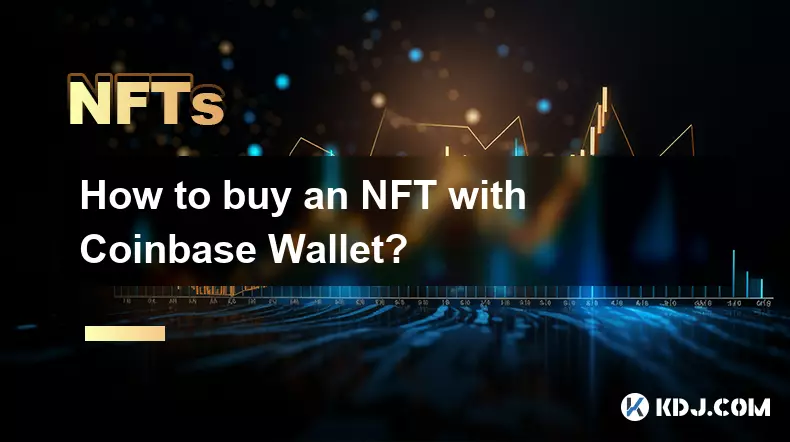
How to buy an NFT with Coinbase Wallet?
Sep 05,2025 at 04:54am
Setting Up Your Coinbase Wallet1. Download the Coinbase Wallet app from the App Store or Google Play Store. The application functions as a standalone ...
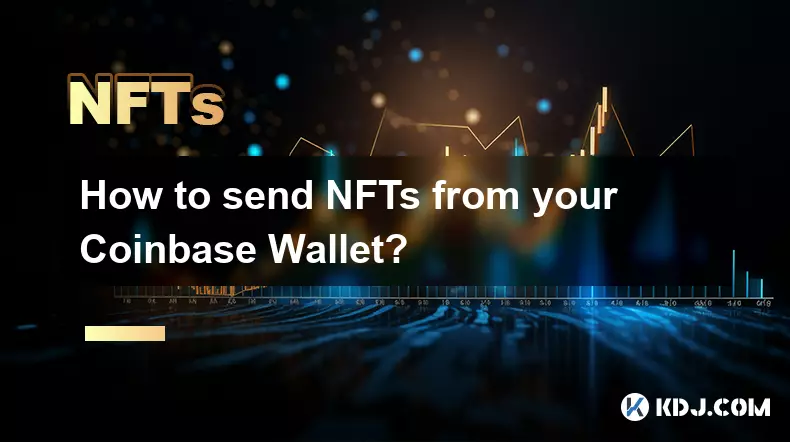
How to send NFTs from your Coinbase Wallet?
Sep 08,2025 at 12:36am
Sending NFTs from Coinbase Wallet: A Step-by-Step Guide1. Open the Coinbase Wallet app on your mobile device and ensure you are logged into the correc...
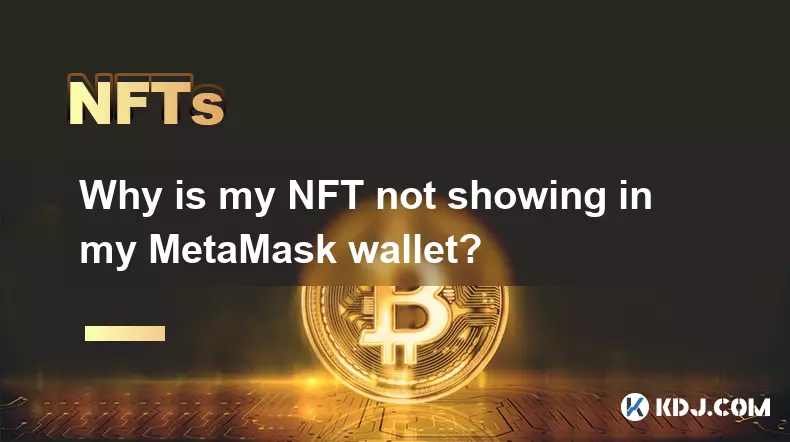
Why is my NFT not showing in my MetaMask wallet?
Sep 05,2025 at 07:55am
Understanding NFT Visibility in MetaMask1. MetaMask is a digital wallet that supports Ethereum and other EVM-compatible blockchains, allowing users to...
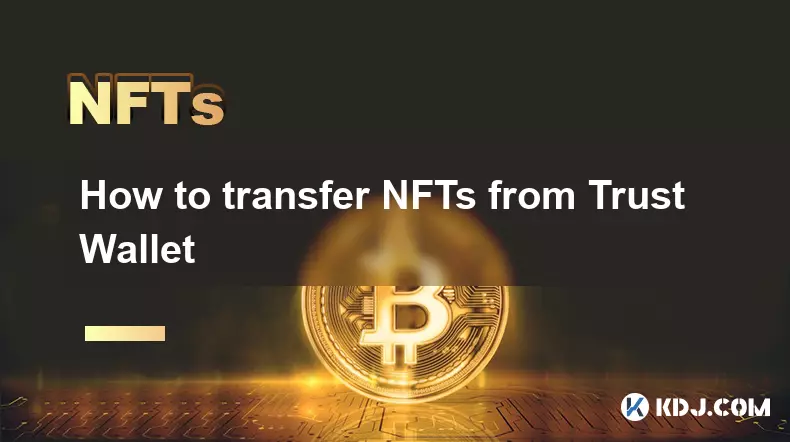
How to transfer NFTs from Trust Wallet
Sep 07,2025 at 09:00am
Understanding NFT Transfers from Trust Wallet1. Trust Wallet is a widely used mobile cryptocurrency wallet that supports a variety of blockchain netwo...

How to find the top holders of an NFT collection
Sep 07,2025 at 07:36pm
Finding Top Holders Through Blockchain Explorers1. Navigate to a blockchain explorer such as Etherscan if the NFT collection is on Ethereum. These pla...
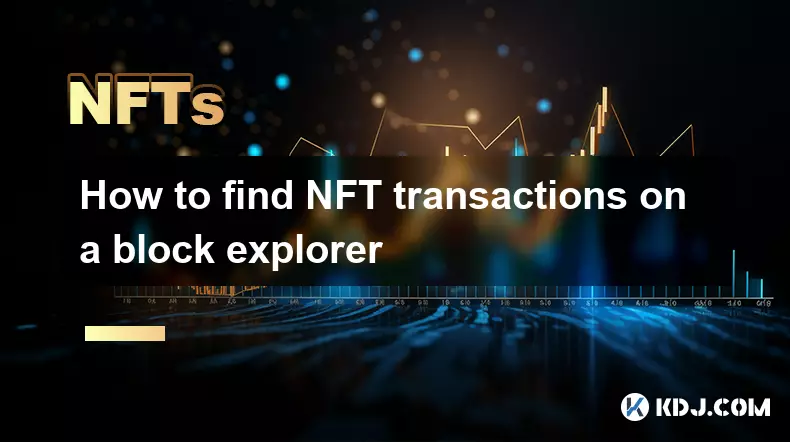
How to find NFT transactions on a block explorer
Sep 07,2025 at 11:00pm
Understanding NFT Transactions on the Blockchain1. Non-fungible tokens (NFTs) are unique digital assets stored on a blockchain, most commonly on Ether...

How to buy an NFT with Coinbase Wallet?
Sep 05,2025 at 04:54am
Setting Up Your Coinbase Wallet1. Download the Coinbase Wallet app from the App Store or Google Play Store. The application functions as a standalone ...

How to send NFTs from your Coinbase Wallet?
Sep 08,2025 at 12:36am
Sending NFTs from Coinbase Wallet: A Step-by-Step Guide1. Open the Coinbase Wallet app on your mobile device and ensure you are logged into the correc...

Why is my NFT not showing in my MetaMask wallet?
Sep 05,2025 at 07:55am
Understanding NFT Visibility in MetaMask1. MetaMask is a digital wallet that supports Ethereum and other EVM-compatible blockchains, allowing users to...

How to transfer NFTs from Trust Wallet
Sep 07,2025 at 09:00am
Understanding NFT Transfers from Trust Wallet1. Trust Wallet is a widely used mobile cryptocurrency wallet that supports a variety of blockchain netwo...

How to find the top holders of an NFT collection
Sep 07,2025 at 07:36pm
Finding Top Holders Through Blockchain Explorers1. Navigate to a blockchain explorer such as Etherscan if the NFT collection is on Ethereum. These pla...

How to find NFT transactions on a block explorer
Sep 07,2025 at 11:00pm
Understanding NFT Transactions on the Blockchain1. Non-fungible tokens (NFTs) are unique digital assets stored on a blockchain, most commonly on Ether...
See all articles

























